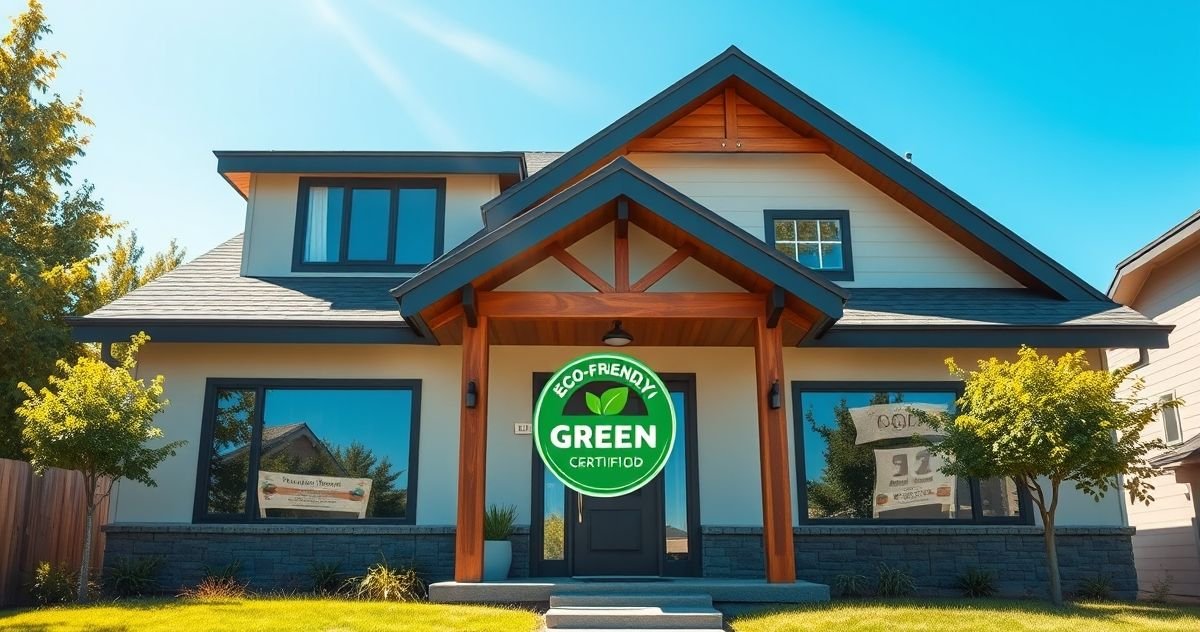Green Home Certification represents a formal acknowledgment that a house meets rigorous standards for environmental sustainability and energy performance. These certifications are awarded by independent organizations based on detailed criteria that assess a home’s overall efficiency, indoor environmental quality, and use of sustainable building materials.
The demand for green-certified homes has steadily increased as homeowners and builders aim to reduce environmental impact and lower utility costs. Programs like ENERGY STAR, LEED for Homes, and the National Green Building Standard (NGBS) offer structured frameworks for certifying homes that incorporate eco-friendly features such as efficient insulation, water-saving devices, and renewable energy systems.
The certification process involves selecting a recognized standard, designing and constructing the home to meet specific requirements, compiling documentation, and undergoing third-party verification, which may include inspections and performance testing. Certification levels often vary, providing a tiered recognition based on the extent of green features incorporated.
Beyond the environmental benefits, green-certified homes can provide tangible advantages to homeowners, including reduced energy and water bills, enhanced comfort, improved indoor air quality, and increased resale values. Homebuyers gain assurance from independent verification that the home meets rigorous performance standards, while sellers can leverage certification as a strong selling point. Builders benefit by attracting eco-conscious clients and potentially qualifying for incentives.
For those interested in green home ownership or upgrades, focusing on effective insulation, high-efficiency windows, advanced HVAC systems, and water-saving fixtures can make significant differences. Additionally, numerous federal and local incentives can help offset the costs of green improvements—for example, the IRS Energy Efficient Home Improvement Credit details tax benefits available for qualified energy-efficient upgrades (see IRS Energy Efficient Home Improvement Credit).
Common misconceptions debunked include the ideas that green certification is only for new or expensive homes or that solar panels alone define a green home. Instead, certification reflects a holistic approach to sustainable living that benefits occupants, the environment, and the housing market.
Learn more about related financial incentives like “Sustainable Home Lending Programs” and “Energy-Efficient Heating Upgrades Deduction” available on FinHelp.io for further guidance on maximizing green home benefits.
Sources:
- ENERGY STAR Certified Homes: https://www.energystar.gov/about/homes
- U.S. Green Building Council – LEED for Homes: https://www.usgbc.org/leed/residential
- IRS Energy Efficient Home Improvement Credit: https://www.irs.gov/credits-deductions/energy-efficient-home-improvement-credit



